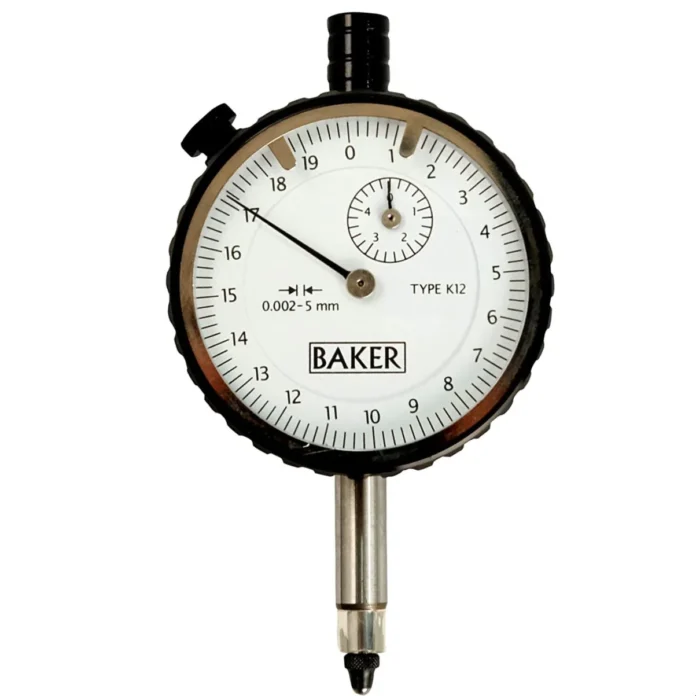Understanding the Importance of Dial Gauges
Dial gauges, also known as dial indicators, are essential tools in mechanical engineering, manufacturing, and quality control processes. These instruments are specifically designed to measure small linear distances and detect even the slightest deviation from a standard measurement. Whether used in workshops, labs, or industrial environments, dial gauges offer a reliable way to ensure components meet precise specifications. Their importance lies not only in their accuracy but also in their ability to provide visual feedback through a rotating dial, making it easy for users to read measurements instantly.
How Dial Gauges Work
Dial gauges operate on a simple yet highly effective mechanism. When the contact point of the gauge touches a surface or part, any linear movement is translated into rotational movement via internal gears. This rotation moves the needle across the dial face, providing a clear measurement reading. The dial is usually graduated in increments as small as 0.01 mm, allowing for extremely fine measurements. The sensitivity and repeatability of dial gauges make them ideal for checking tolerances during machining, alignment tasks, and assembly processes.
Applications of Dial Gauges in Industry
Dial gauges find wide application across various industries. In manufacturing, they are commonly used to inspect the roundness, flatness, and parallelism of machined components. In automotive workshops, they are frequently used to measure brake rotor thickness, camshaft lift, or cylinder head flatness. In tool and die work, they help maintain accuracy in molds and dies. Even in watchmaking and precision instrument design, dial gauges play a critical role in achieving micro-level precision. These tools are invaluable wherever consistency, repeatability, and adherence to dimensional standards are required.
Advantages of Using Dial Gauges
One of the most significant advantages of dial gauges is their high accuracy and dependability. Their mechanical operation does not rely on batteries or digital displays, which makes them robust and suitable for use in harsh industrial conditions. They are easy to operate, with readings that can be quickly interpreted even by less experienced users. The mechanical feedback also allows skilled technicians to feel subtle resistance or inconsistencies in the part being measured, which is an advantage over some electronic alternatives. In addition, many dial gauges are versatile and compatible with a range of stands, holders, and attachments, making them adaptable to various measurement tasks.
Choosing the Right Dial Gauge
Selecting the appropriate dial gauge depends on the specific application and required level of accuracy. Factors such as the measurement range, dial graduation, and type of movement (plunger or lever type) should be considered. Some models are better suited for flat surfaces, while others are ideal for internal measurements or comparative readings. It’s also important to choose a dial gauge from a reputable brand known for quality and precision. Regular calibration and maintenance ensure the gauge continues to provide accurate readings over time.
Conclusion
Dial gauges remain a cornerstone of precision measurement in countless industries. Their reliability, accuracy, and simplicity make them an essential tool for professionals who require consistent results. Whether you’re working on high-precision machining or routine quality checks, a well-selected and well-maintained dial gauge ensures that your work meets the highest standards of dimensional accuracy.
